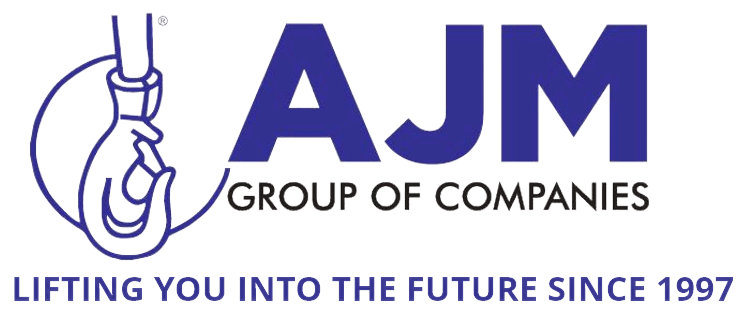Owning an overhead crane or cable hoist has its benefits and can drastically increase productivity throughout your workshop. However with benefits comes the essential aspect of having to ensure your heavy lifting machines are still working properly.
Load testing your overhead/gantry cranes and cable hoists is a non-optional activity – it’s an essential requirement for owning these heavy-lifting machines and allows you to adhere to your industry’s safety regulations.
What does load testing accomplish?
Load testing basically reveals how much load can be handled before the machine stops working. It reveals any load capacity flaws in your system and allows you to patch them up before they cause accidents. It also gives you an insight into what the performance bottlenecks and breaking points of your machines are so that you won’t have to find out the hard way.
By load testing your equipment, you can discover any functional errors that only occur under stressing and improve the level of safety for those working with or around the machines. All of this essentially lowers the potential for serious and/or frequent accidents involving your heavy-lifting equipment.
How is load testing performed and how often should it be done?
Usually, a load test is performed as a static pull test where a qualified professional applies a force to your equipment for a certain amount of time. The magnitude of these forces vary but typically range from between 1.1 to 1.5 times more of the maximum capacity of the device.
According to South African laws and regulations, load testing should be performed on your equipment at least once every 12 months, and should be inspected at least once every 6 months. Load testing is mandatory; if your equipment causes an accident that leads to injury or death, your business will get into a lot of trouble. Better safe than sorry!
